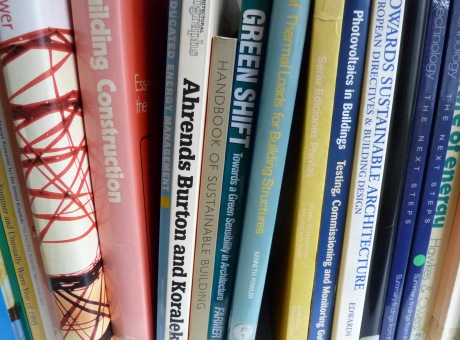Modelling the energy and exergy utilisation of the Mexican non-domestic sector: A study by climatic regions

1 January 2015
This paper presents the development of a bottom-up stock model to perform a holistic energy study of the Mexican non-domestic sector. The current energy and exergy flows are shown based on a categorisation by climatic regions with the aim of understanding the impact of local characteristics on regional efficiencies. Due to the limited data currently available, the study is supported by the development of a detailed archetype-based stock model using EnergyPlus as a first law analysis tool combined with an existing exergy analysis method. Twenty-one reference models were created to estimate the electric and gas use in the sector. The results indicate that sectoral energy and exergy annual input are 95.37. PJ and 94.28. PJ, respectively. Regional exergy efficiencies were found to be 17.8%, 16.6% and 23.2% for the hot-dry, hot-humid and temperate climates, respectively. The study concludes that significant potential for improvements still exists, especially in the cases of space conditioning, lighting, refrigeration, and cooking where most exergy destructions occur. Additionally, this work highlights that the method described may be further used to study the impact of large-scale refurbishments and promote national regulations and standards for sustainable buildings that takes into consideration energy and exergy indicators.
Modelling the energy and exergy utilisation of the Mexican non-domestic sector: A study by climatic regions. Energy Policy, 77 191-206.
García Kerdan, I., Morillón Gálvez, D., Raslan, R., Ruyssevelt, P. (2015)
The full text of this article is not available through UCL Discovery.
 Close
Close

